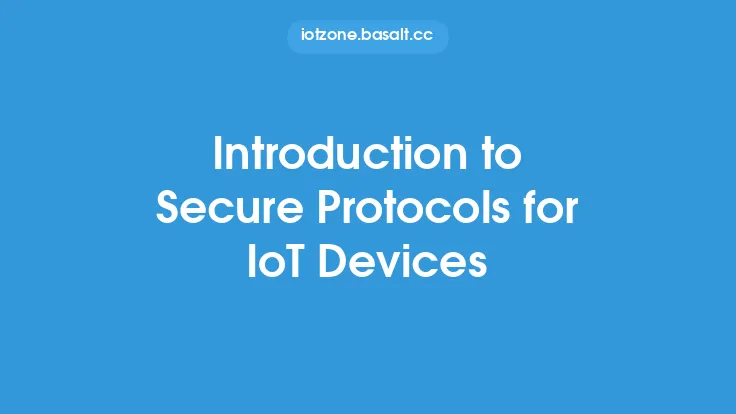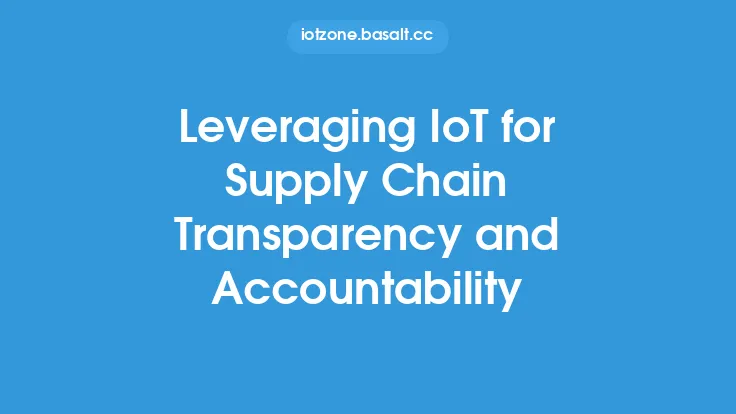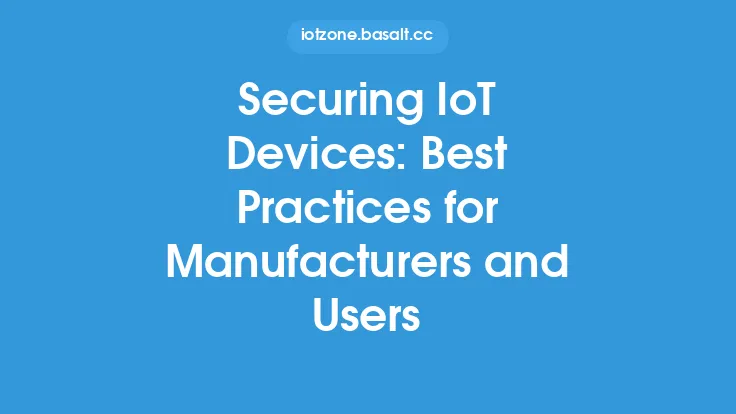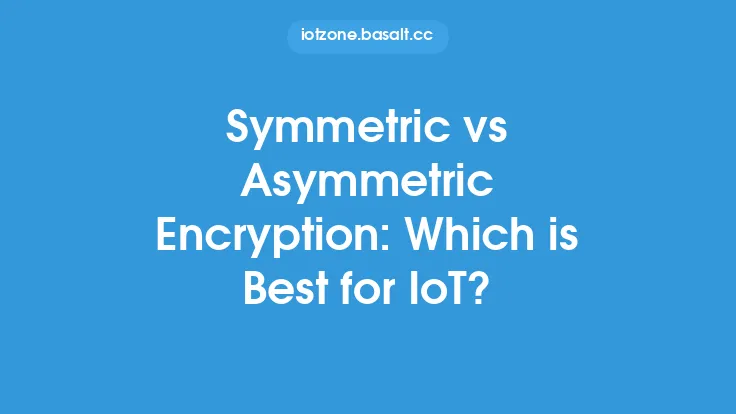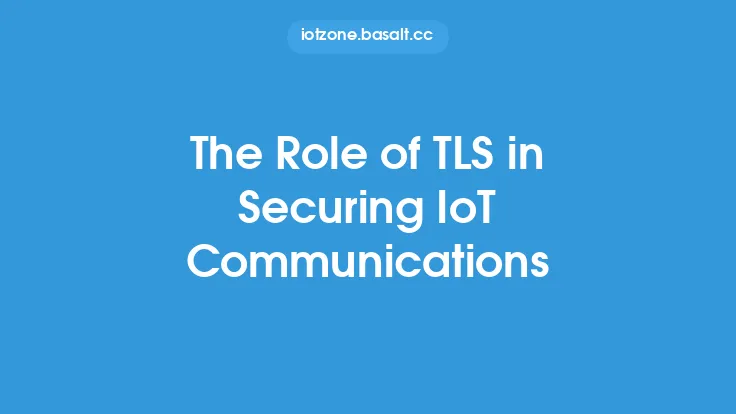The increasing number of Internet of Things (IoT) devices has led to a growing concern about the security of the data they transmit and receive. One of the most effective ways to ensure secure communication between IoT devices is through the use of Public Key Infrastructure (PKI). PKI is a set of technologies and policies that enable the creation, management, and use of public-private key pairs to secure data transmission. In this article, we will delve into the world of PKI for secure IoT communications, exploring its components, benefits, and challenges.
Introduction to Public Key Infrastructure
Public Key Infrastructure (PKI) is based on asymmetric cryptography, which uses a pair of keys: a public key and a private key. The public key is used to encrypt data, while the private key is used to decrypt it. This ensures that only the intended recipient can access the encrypted data. PKI is a framework that manages the creation, distribution, and verification of public-private key pairs. It consists of several components, including Certificate Authorities (CAs), Registration Authorities (RAs), and repositories.
Components of Public Key Infrastructure
The components of PKI work together to ensure secure communication between IoT devices. The Certificate Authority (CA) is responsible for issuing digital certificates, which contain the public key and identity information of the device. The Registration Authority (RA) verifies the identity of the device and ensures that it is eligible to receive a digital certificate. The repository is a database that stores the digital certificates and makes them available for use. Other components of PKI include the Certificate Revocation List (CRL) and the Online Certificate Status Protocol (OCSP), which are used to verify the validity of digital certificates.
Benefits of Public Key Infrastructure for IoT
The use of PKI for secure IoT communications offers several benefits. One of the primary advantages is authentication, which ensures that only authorized devices can access the network. PKI also provides encryption, which protects data from interception and eavesdropping. Additionally, PKI enables non-repudiation, which ensures that a device cannot deny sending or receiving data. Other benefits of PKI include secure key exchange, secure boot, and secure firmware updates.
Challenges of Implementing Public Key Infrastructure for IoT
Despite the benefits of PKI, there are several challenges associated with its implementation for IoT devices. One of the primary challenges is scalability, as the number of IoT devices is expected to grow exponentially in the coming years. Another challenge is the limited resources of IoT devices, which can make it difficult to implement PKI. Other challenges include the complexity of PKI, the need for secure key storage, and the risk of quantum computer attacks.
Implementing Public Key Infrastructure for IoT
To implement PKI for IoT devices, several steps must be taken. First, a CA must be established to issue digital certificates. Next, an RA must be set up to verify the identity of devices and ensure that they are eligible to receive digital certificates. The devices must then be configured to use the digital certificates, and the PKI components must be integrated into the IoT network. Additionally, the PKI system must be regularly updated and maintained to ensure its security and effectiveness.
Best Practices for Public Key Infrastructure in IoT
To ensure the security and effectiveness of PKI in IoT, several best practices must be followed. First, the PKI system must be designed with scalability in mind, to accommodate the growing number of IoT devices. Next, the PKI system must be implemented with secure key storage and management, to prevent unauthorized access to the private keys. Additionally, the PKI system must be regularly updated and maintained, to ensure that it remains secure and effective. Other best practices include using secure communication protocols, implementing secure boot and firmware updates, and using quantum-resistant algorithms.
Future of Public Key Infrastructure for IoT
The future of PKI for IoT is exciting and rapidly evolving. One of the trends that is expected to shape the future of PKI is the use of quantum-resistant algorithms, which will be necessary to protect against quantum computer attacks. Another trend is the use of lightweight PKI protocols, which will be necessary to accommodate the limited resources of IoT devices. Additionally, the use of artificial intelligence and machine learning is expected to play a major role in the future of PKI, enabling more efficient and effective management of PKI systems.
Conclusion
In conclusion, Public Key Infrastructure (PKI) is a critical component of secure IoT communications. It provides authentication, encryption, and non-repudiation, ensuring that data is protected from interception and eavesdropping. While there are challenges associated with implementing PKI for IoT devices, the benefits make it a worthwhile investment. By following best practices and staying up-to-date with the latest trends and technologies, organizations can ensure the security and effectiveness of their PKI systems, and protect their IoT devices from cyber threats. As the number of IoT devices continues to grow, the importance of PKI will only continue to increase, making it a vital component of IoT security.

